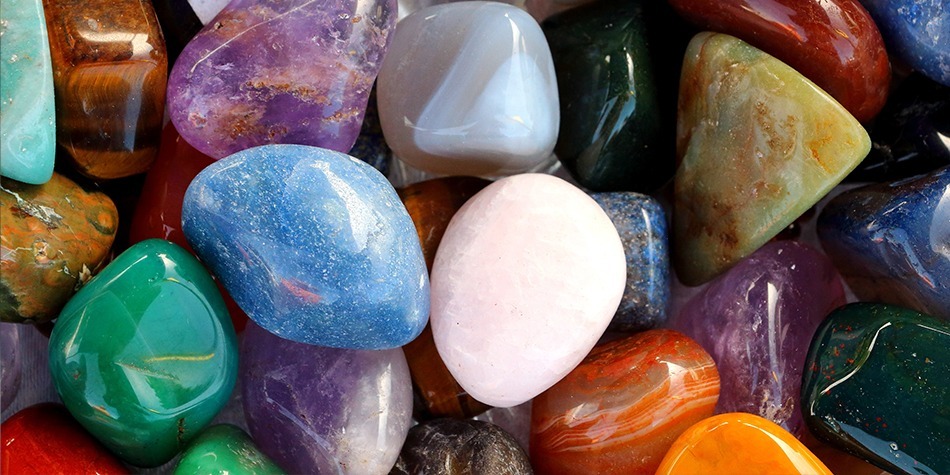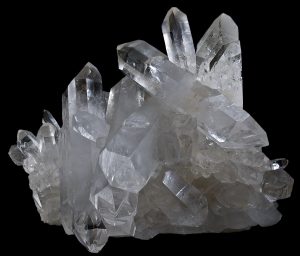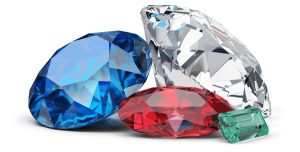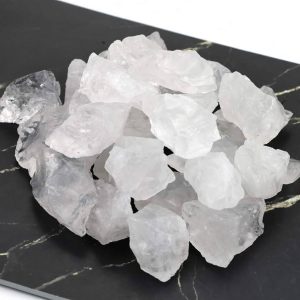
By Katrina Rasbold
As magical people, we love our stones and crystals and there are a lot of terms that surround that fun and energetic topic. What is a gemstone? What makes one precious or semi-precious?
There is no hard and fast definition for a gemstone and basically it comes down to whether or not the stone looks pretty in jewelry.
As far as precious and semi-precious, however, there are classifications that govern the descriptors used for the stone.
Whether a stone is “precious” or “semi-precious” is determined by ease of availability. That is the technical explanation, but then, there are ways that what is standard in these descriptions does not apply.
Most professionals agree that there are only four precious stones: diamonds, emeralds, sapphires, and rubies. In theory, this is based on availability with the diamond being the most precious because of its rarity. The Paraiba tourmaline, however, is much more rare with only one Paraiba tourmaline mined over every 10,000 diamonds. It is not, however, often listed as a precious gemstone. The red diamond, however, is the rarest stone on earth with only 20-30 known in the world. In case you wondered, the price of a red diamond is around 1.15 million US dollars per carat.
Hardness is another quality taken into consideration when evaluating the value of a stone. Diamonds are the hardest stones by far and pearls are the softest. We all know, however, that there are extremely valuable pearls.
What is the definition of a semi-precious stone? Literally, it means any rock that is not a precious stone… in varying degrees of worth. Opals are semi-precious, as are azurite, moonstone, kunzite, amethyst, malachite, lapis lazuli, etc.
Within the category of precious stones, the value depends on the four Cs: the cut, the clarity, the size (carats), and color.
For semi-precious stones, the value assessment is similar with the ease of availability, the depth of color, clarity (for crystalline stones like quartz or amethyst), and the size.
This:
and this:

…are both quartz crystal, but the second one is far more valuable because of the clarity and the complexity of the formation.
Availability is huge in the value of stones. Malachite and lapis lazuli, for instance, have increased unbelievably in the past ten years due to over-mining and import/export restrictions limiting the supply.
Moldavite was once fairly easy to get, but the influence of TikTok drove the prices sky high as availability dropped.
If you are buying gemstones as an investment, all of this is important. If you are buying stones for their energetic qualities and how they make you feel, then none of this really matters.
For matters of energy influence, I find that the stones we are drawn to instinctively are the ones our spirits need.
Want to join the conversation about this blog post? Go to the Green Egg Forum and scroll for the forum post that relates to this article: https://www.facebook.com/groups/1069823176940972
 Katrina Rasbold is a professional Witch, published author, priestess, and editor of Green Egg Magazine. She and her husband, Eric, are the creators of the CUSP spiritual path and owners of Crossroads Occult. She and Dahlia Rose host the popular livestreamed video broadcast “Crossroads of Cognizance” most Thursday afternoons. You can reach her through www.katrinarasbold.com.
Katrina Rasbold is a professional Witch, published author, priestess, and editor of Green Egg Magazine. She and her husband, Eric, are the creators of the CUSP spiritual path and owners of Crossroads Occult. She and Dahlia Rose host the popular livestreamed video broadcast “Crossroads of Cognizance” most Thursday afternoons. You can reach her through www.katrinarasbold.com.

